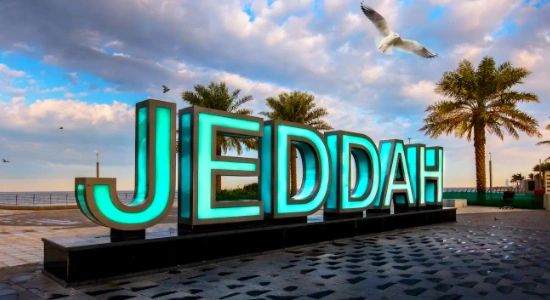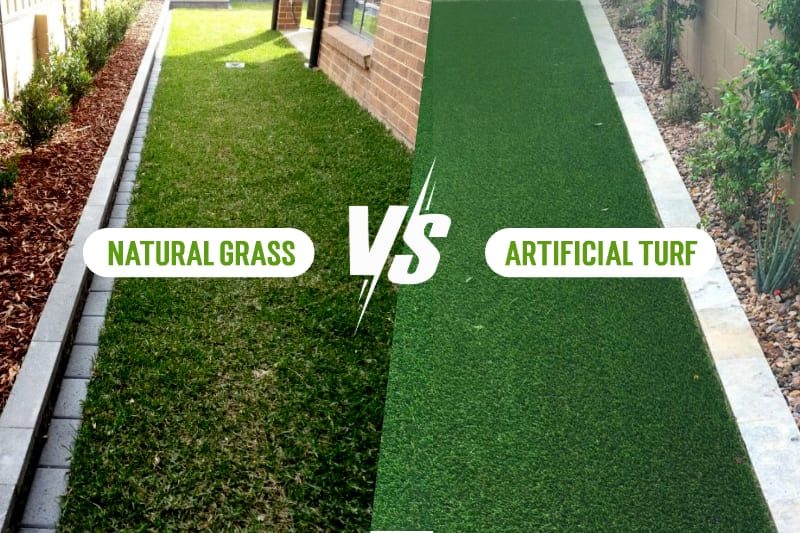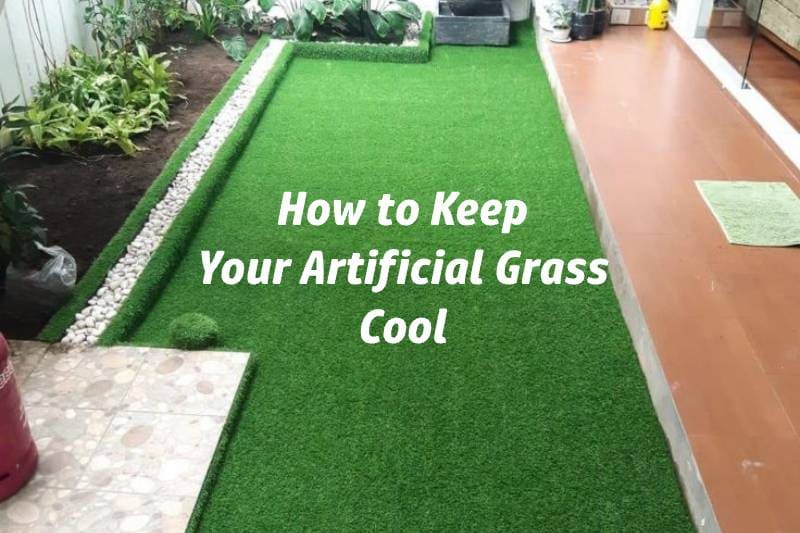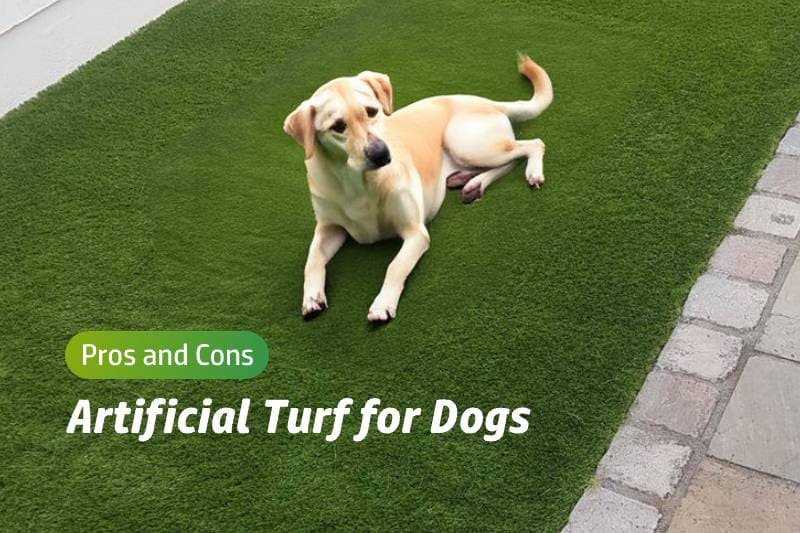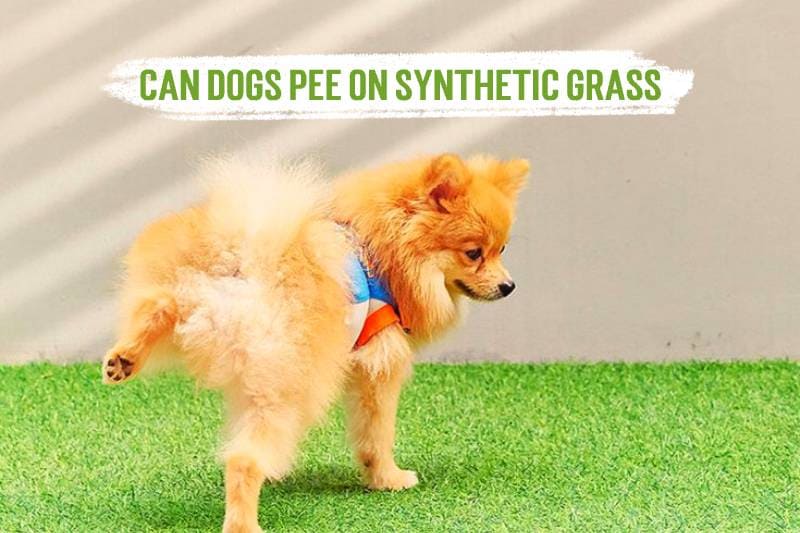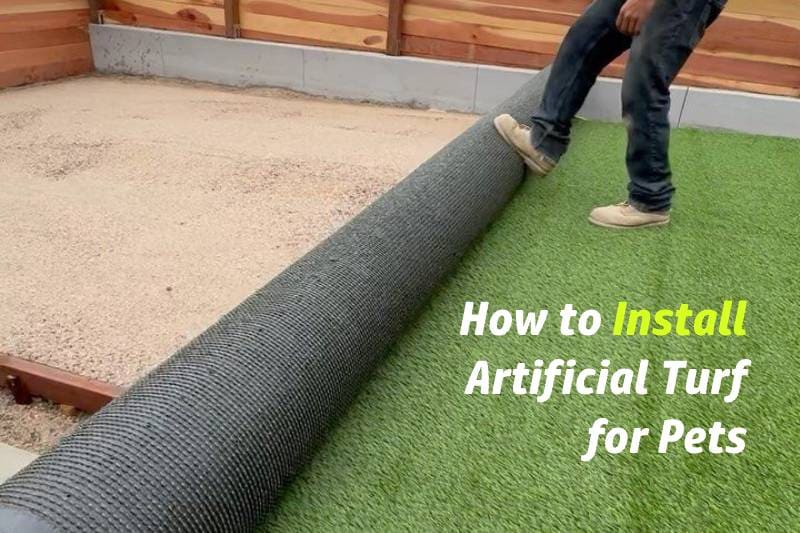If you’re wondering how much is artificial turf in 2025, the cost of installing it typically ranges from $2,725 to $10,000, with most homeowners spending an average of $6,375. The price per square foot generally falls between $6.50 and $15.00, depending on factors like materials, labor, and additional features. For instance, the material itself can range from $2 to $20 per square foot, while professional installation adds another $4 to $25 per square foot. For a 500-square-foot yard, the total cost might be around $7,671.12, which includes materials, labor, and other associated fees. Factors such as yard size, the type of turf, and your location can significantly influence how much is artificial turf for your project.
- Installing artificial turf costs $2,725 to $10,000. Most people pay $6,375.
- The cost per square foot is $6.50 to $15.00. It depends on material and yard size.
- Picking the right turf can save money. Cheaper options like polyethylene work for less-used areas.
- Doing the prep work yourself lowers labor costs. You can save up to 33%.
- Getting quotes from different installers helps you find the best deal and good quality.
Average Cost of Artificial Turf Installation
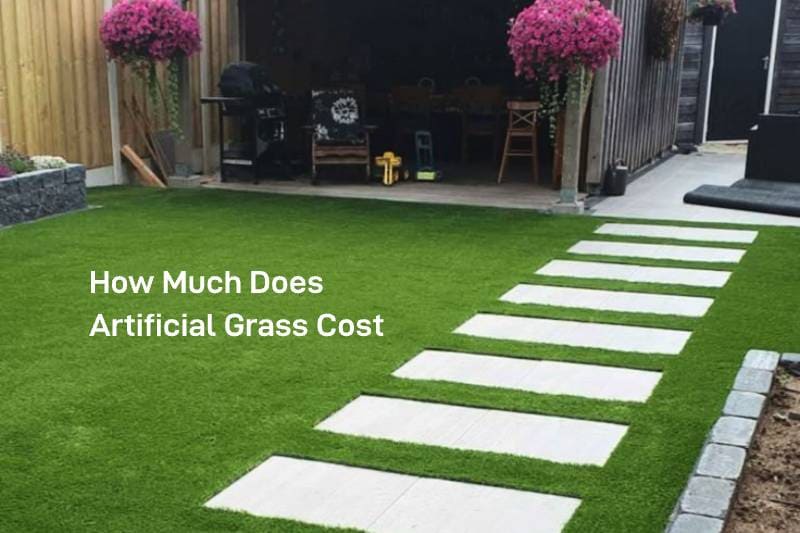
Cost Per Square Foot
In 2025, installing artificial turf costs $6.50 to $15.00 per square foot. Prices vary due to material quality, labor costs, and project difficulty. Small projects under 400 square feet may cost $17–$25 per square foot. This is because smaller areas often have higher material and labor expenses. Bigger projects over 2,000 square feet usually cost less, around $9 per square foot.
| Project Size (sq. ft.) | Cost per sq. ft. |
|---|---|
| <400 | $17–$25 |
| 400–700 | $14–$17 |
| 700–900 | $12–$14 |
| 900–2,000 | $9.5–$12 |
| 2,000+ | $9 |
Knowing these price ranges can help you plan your turf budget.
Typical Price Range for Homeowners
Most homeowners spend $6,250 to $12,500 to install artificial turf. For a 500-square-foot yard, the average cost is about $7,350, including materials and labor. Smaller yards may start at $3,015, while larger ones can go beyond $7,698.
Tip: If you want to save money, choose turf priced between $7 and $12 per square foot. This gives good quality at a fair price.
High-End and Low-End Costs
The cost of artificial turf depends on the type you pick. Cheaper options like polypropylene turf start at $2 per square foot. High-end nylon turf can cost more than $7 per square foot.
| Artificial Turf Material | Low Average Cost | High Average Cost |
|---|---|---|
| Polypropylene turf | $2 | $6.50 |
| Polyethylene turf | $2.25 | $4.50 |
| Nylon turf | $5.05 | $7 |
Expensive synthetic lawns may include features like UV protection and extra durability. Cheaper options might not have these features but still look nice for your yard.
Cost Breakdown of Artificial Grass Installation
Material Costs
Types of Artificial Turf and Their Price Ranges
The type of artificial turf you pick affects the total cost. Each type has its own benefits and price range:
- Polyethylene (PE): A budget-friendly choice costing $2 to $4 per square foot. It’s best for areas with little foot traffic because it’s less durable.
- Polypropylene (PP): A mid-priced option, costing $1.90 to $6.75 per square foot. It handles moderate foot traffic and resists fading better.
- Nylon: The most expensive option, priced at $5.05 to $5.83 per square foot. It’s very strong and great for busy areas.
| Type | Average Cost (per square foot) | Durability | Best Use |
|---|---|---|---|
| Nylon | $5.05 to $5.83 | Very durable | High-traffic areas |
| Polypropylene | $1.90 to $6.75 | Medium durability | Moderate foot traffic areas |
| Polyethylene | $2 to $4 | Least durable | Low-traffic areas |
Additional Materials (e.g., Infill, Underlayment, Edging)
You’ll need extra materials to install artificial turf properly. These include infill, underlayment, and edging, which add to the cost:
- Infill: Helps with drainage and keeps the turf stable. Costs range from $0.50 to $1.50 per square foot.
- Underlayment: Adds padding and makes the turf last longer. Prices range from $0.30 to $1.00 per square foot.
- Edging: Keeps the turf in place and gives a neat look. Costs are usually $1 to $3 per linear foot.
Labor Costs
Average Labor Rates for Professional Installation
Labor costs depend on where you live and how hard the job is. On average, professional installation adds $4 to $25 per square foot. Labor makes up about 33% of the total cost.
Factors Affecting Labor Costs (e.g., Yard Complexity, Prep Work)
Several things can raise labor costs:
- Yard Complexity: Yards with slopes or odd shapes take more time and cost more.
- Prep Work: Removing old grass, leveling the ground, and fixing drainage add to the labor cost.
Operational Costs
Site Preparation (e.g., Removing Existing Grass, Leveling)
Getting the site ready is an important step. Tasks like removing 3–4 inches of grass, leveling the ground, and adding a base layer cost about $1,236 on average.
Equipment Rental or Purchase Costs
You might need to rent or buy tools for the job. Renting tools like sod cutters or compactors costs $50 to $150 per day. Delivery fees for materials can add $400 to $500 to the total cost.
Tip: Preparing the site well makes the turf last longer and lowers upkeep costs.
Factors That Change Artificial Grass Installation Costs
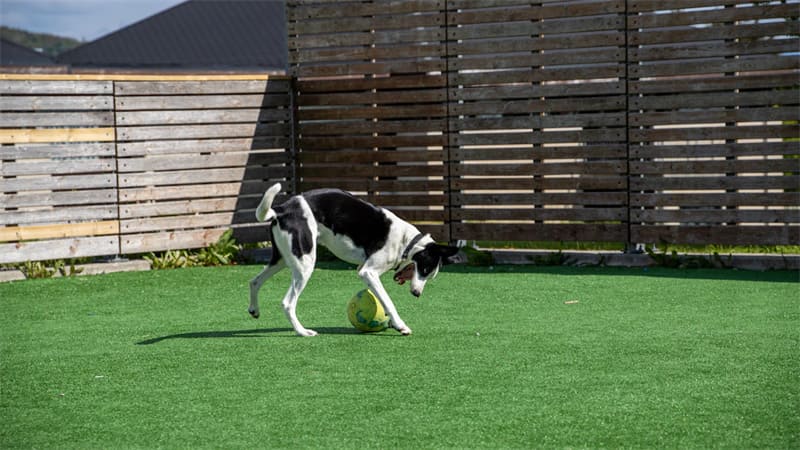
Type and Quality of Turf
Comparing Budget, Mid-Range, and Premium Turf
The kind of turf you pick affects the price a lot. Budget turf, like polyethylene, costs $2 to $4 per square foot. It’s good for low-use spots like playgrounds or putting greens but doesn’t last long. Mid-range turf, such as polypropylene, costs $1.90 to $6.75 per square foot. It’s stronger and works well for patios or decks. Premium nylon turf costs $5.05 to $5.83 per square foot. It lasts the longest and is best for busy areas like sports fields or lawns.
| Turf Type | Cost (per sq. ft.) | Durability | Best For |
|---|---|---|---|
| Budget Turf (Polyethylene) | $2 to $4 | Short lifespan, good for light use | Playgrounds, putting greens |
| Mid-range Turf (Polypropylene) | $1.90 to $6.75 | Medium durability, handles moderate use | Patios, decks |
| Premium Turf (Nylon) | $5.05 to $5.83 | Long-lasting, great for heavy use | Lawns, sports fields |
Picking the right turf helps balance cost and quality.
Yard Size and Shape
Why Bigger or Oddly Shaped Yards Cost More
The size and shape of your yard change the total cost. Bigger yards often lower the cost per square foot because of bulk savings. But odd-shaped yards can cost 20% more. They need extra seams and glue to look neat. For example, a 500-square-foot rectangular yard might cost $3,500. The same size yard with an irregular shape could cost $4,200.
| Yard Shape | Estimated Cost |
|---|---|
| Rectangular (500 sq ft) | $3,500 |
| Irregular (500 sq ft) | $4,200 (20% more) |
Special designs or unique layouts also raise costs.
Location and Weather
How Your Area Affects Costs
Where you live and the weather can change the price. Labor costs are higher in cities than in rural areas. Weather also matters. Places with harsh weather may need tougher materials, which cost more. If your area has poor drainage, you might need a sub-base with drains. This adds to the total cost.
| Factor | How It Affects Costs |
|---|---|
| Geographic Location | Labor and material prices differ by region. |
| Weather Conditions | Tougher materials are needed in extreme climates. |
| Project Size | Bigger projects save money by improving efficiency. |
Knowing these details helps you plan your budget better.
Additional Features
Costs of Drainage Systems, Padding, or Custom Designs
Adding extra features to your turf can raise costs. These features make the turf look better and work well. Common additions include drainage systems, padding, and custom designs.
Drainage systems are important for areas with bad soil or heavy rain. Without them, water can collect and harm the turf. A basic drainage system costs $2–$3 per square foot. More advanced systems for tough drainage problems cost $6–$8 per square foot. These systems keep your turf strong and usable in all conditions.
Padding makes the turf softer and safer, especially for playgrounds or sports fields. It costs $1 to $3 per square foot. Though it adds to the price, padding helps prevent injuries by creating a cushioned surface.
Custom designs, like patterns or unique layouts, make your yard special. These designs need extra materials and work, raising costs. For instance, adding a logo or pattern can cost $5–$10 per square foot. Oddly shaped yards or curved edges also cost more because they take extra time to complete.
Preparing the area is key when adding these features. Removing old grass, leveling the ground, and setting a base layer create a strong foundation. These steps may increase costs but help the turf last longer.
Tip: Think about your needs and budget before adding features. While they cost more, they improve the turf’s look and usefulness.
Professional Installation vs. DIY: Which is More Cost-Effective?
Benefits of Professional Installation
Skilled Work, Quick Completion, and Warranty Coverage
Hiring experts for turf installation gives great results. Professionals know how to handle tricky layouts, slopes, or drainage problems. They finish the job quickly, saving you time and effort. Many companies offer warranties to protect your investment. These warranties cover issues like defects or mistakes during installation. This gives you peace of mind.
| Benefit | Why It’s Helpful |
|---|---|
| Easy Maintenance | Cuts down time and money spent on lawn care. |
| Always Looks Good | Keeps your yard green and neat all year. |
| Strong and Durable | Handles lots of foot traffic without damage. |
| Saves Money Over Time | Costs less to maintain than natural grass. |
Professional installation costs more upfront but lasts longer and needs less upkeep.
Pros and Cons of DIY Installation
Lower Costs vs. Hard Work and Time Needed
Doing it yourself can save money. Homeowners often save $1,000 to $3,250 on labor. DIY projects usually cost $2,000 to $4,375, depending on yard size and materials. But DIY takes a lot of time and effort. You’ll need to prepare the area, lay the turf, and secure it correctly. Mistakes can lead to extra costs later.
Tip: DIY is best if you have the tools and skills for the job.
DIY saves money but requires careful planning to avoid errors.
When to Choose DIY Over Professional Installation
Small Yards or Simple Designs
DIY works well for small or easy projects. For example, installing turf in a small backyard or patio is manageable. Simple designs with few curves or slopes reduce mistakes. Doing it yourself can save about $3,000 compared to hiring experts.
For bigger or tricky yards, professionals are a better choice. They ensure proper drainage, smooth edges, and a clean finish.
Note: Check the cost of tools and materials before choosing DIY. Renting tools like sod cutters or compactors costs $50 to $150 per day.
Deciding between DIY and professional help depends on your yard’s size, design, and your skills.
Regional Differences in Artificial Grass Costs
Expensive Areas
Cities and Places with High Labor Costs
Cities usually have higher turf installation prices. This is because labor and materials cost more. Installers in cities charge based on living costs and demand. For example:
- Labor costs in cities are higher than in rural places.
- Material prices change due to shipping fees and competition.
- Crowded areas may have cheaper materials but still high labor costs.
If you live in a city, expect to pay more. Urban projects can also cost more due to tight spaces or strict rules.
Cheaper Areas
Rural Places or Areas with Less Demand
Rural areas often have lower turf installation costs. Labor is cheaper, and demand for turf is less. But shipping materials from far suppliers can raise costs. Fewer local installers might also affect prices.
In rural areas, you save on labor but may pay more for delivery. Getting quotes from different installers can help you save money.
Weather Effects
How Climate Changes Material Needs and Costs
Weather affects the cost of installing artificial turf. In rainy areas, you need good drainage systems. These can add $2–$8 per square foot. Sunny places may need UV-protected turf, which costs more.
If your area has tough weather, buy strong materials. This can save you money on repairs later. Always think about your local weather when planning your project.
Tips to Save Money on Artificial Turf Installation
Pick the Best Turf for Your Needs
Balancing Cost and Quality
Choosing the right turf can lower your total cost. Think about both your budget and the turf’s quality. Prices range from $2.8 to $18.8 per square foot. This depends on the material, strength, and installation needs.
- For low-use areas, cheaper polyethylene turf is a good choice.
- Busy spots, like sports fields, need strong infill like rubber granules. These cost more but last longer.
- Sand infill is a cheaper option for better drainage in rainy places.
Matching the turf to your needs saves money and ensures satisfaction.
Tip: The National Association of Realtors says good turf can raise home value by 5% to 15%. Homes with nice outdoor spaces sell faster, especially in areas with tough weather or water shortages.
Do the Prep Work Yourself
Save on Labor Costs by Preparing the Site
You can save money by getting the site ready yourself. Remove old grass, level the ground, and add a base layer. These tasks take effort but are doable with rented tools. Renting sod cutters or compactors costs $50 to $150 daily. This is much cheaper than hiring workers.
Doing this work yourself cuts labor costs and helps the turf last longer. Proper prep also reduces future upkeep costs.
Tip: If you’re confident, doing prep work yourself can save up to 33% of the total cost.
Get Quotes from Different Installers
Find the Best Price Without Losing Quality
Comparing quotes from several installers helps you save money. Ask for detailed estimates that list all costs and materials. This ensures you know what you’re paying for.
- Don’t pick the cheapest installer without checking their quality.
- Choose skilled professionals with good reviews for the best value.
- Look at warranties and reviews, not just upfront prices.
Taking time to compare ensures you get quality work at a fair price.
Tip: A well-installed turf saves on upkeep and boosts curb appeal, making it a smart investment.
Search for Deals or Special Offers
Off-Season Sales or Buying in Bulk
Save money on artificial turf by finding deals and offers. Many companies have sales during slower seasons, like winter. During these times, fewer people work on outdoor projects. This means you can get lower prices on turf and labor. Look for holiday discounts or end-of-season deals to cut costs even more.
Buying in bulk is another way to save. If you need turf for a big yard, ordering more can lower the price per square foot. For example, buying turf for a 2,000-square-foot yard often costs less per square foot than for smaller areas. You can also team up with friends or neighbors to buy together and share the savings.
Tip: Ask your installer about discounts for referrals or being a repeat customer. Some companies give special deals to loyal clients.
Plan your purchase and installation at the right time. Check local suppliers and compare prices throughout the year. By staying informed and planning ahead, you can find deals that fit your budget.
Note: Always check the quality of discounted turf. Cheaper prices are great, but make sure the turf is strong and looks good.
The cost to install artificial turf in 2025 is $2,725–$10,000. Most people spend about $6,375 on average. Hiring professionals makes the job easier but costs more. Doing it yourself can save money for small or simple yards. Artificial turf costs more upfront but saves money later. You can save $1,000–$2,500 each year on watering and mowing. Artificial turf needs little care, costing only $50–$100 yearly. Plan carefully and compare choices to lower costs. Over time, you’ll enjoy less work and cheaper upkeep with artificial grass.
FAQ
How long does artificial turf last?
Good-quality artificial turf can last 15–20 years. Its lifespan depends on how it’s used and cared for. Cleaning and maintaining it regularly can make it last longer.
Does artificial turf need upkeep?
Yes, but not much. You should clear debris, rinse it, and brush the fibers sometimes. This helps keep it clean and looking nice.
Can artificial turf handle lots of rain?
Yes, most artificial turf has drainage systems. These let water pass through and stop puddles from forming. For very rainy places, you might need better drainage options.
Is artificial turf okay for pets?
Yes, it’s safe for pets. It doesn’t stain or hold odors from pet messes. Turf with special antimicrobial infill is even cleaner for pets.
Does artificial turf raise home value?
Yes, it can make your home worth more. It looks nice all year and needs little care. Homes with neat outdoor spaces often sell quicker.
Tip: Pick turf that fits your needs, like for pets or heavy use.




